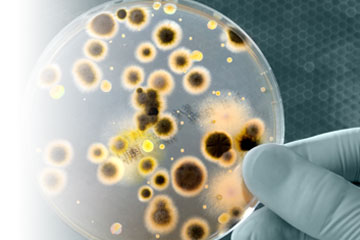Case Studies
Environmental concern
Over a period of at least seven years, a number of staff at a primary school had been diagnosed as having breast cancer. Staff were concerned that the environmental conditions contributed towards the disease. The public analyst laboratory was requested by environmental health and health protection to come up with a comprehensive survey to determine whether environmental conditions in and around the school were a contributing factor. A total of 118 samples were obtained and analysed during the course of this investigation.
Over a period of at least seven years, a number of staff at a primary school had been diagnosed as having breast cancer. Staff were concerned that the environmental conditions contributed towards the disease. The public analyst laboratory was requested by environmental health and health protection to come up with a comprehensive survey to determine whether environmental conditions in and around the school were a contributing factor. A total of 118 samples were obtained and analysed during the course of this investigation.
- Soils samples from an allotment within the school grounds, and samples of street dust from around the school were analysed for potential carcinogens – including pesticides, polycyclic aromatic hydrocarbons, polychlorinated biphenyls and heavy metals.
- Water samples were taken from all sources within the building and tested for the full range of chemical and bacteriological parameters specified in the drinking water regulations.
- Air samples from in and around the school were analysed for the presence of man-made ionising radiation, and magnetic and electric field strength measurements were determined.
The chemicals considered as being potential links to breast cancer were either not detected in the various sample types, or were present at insignificant concentrations.
